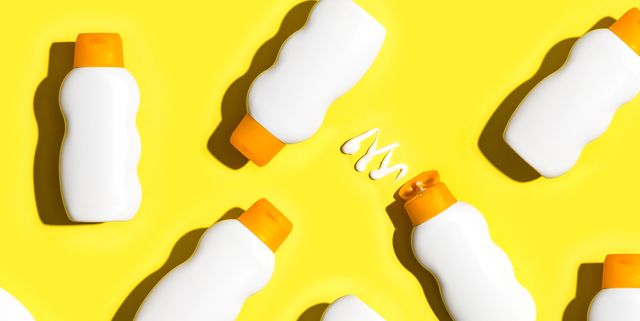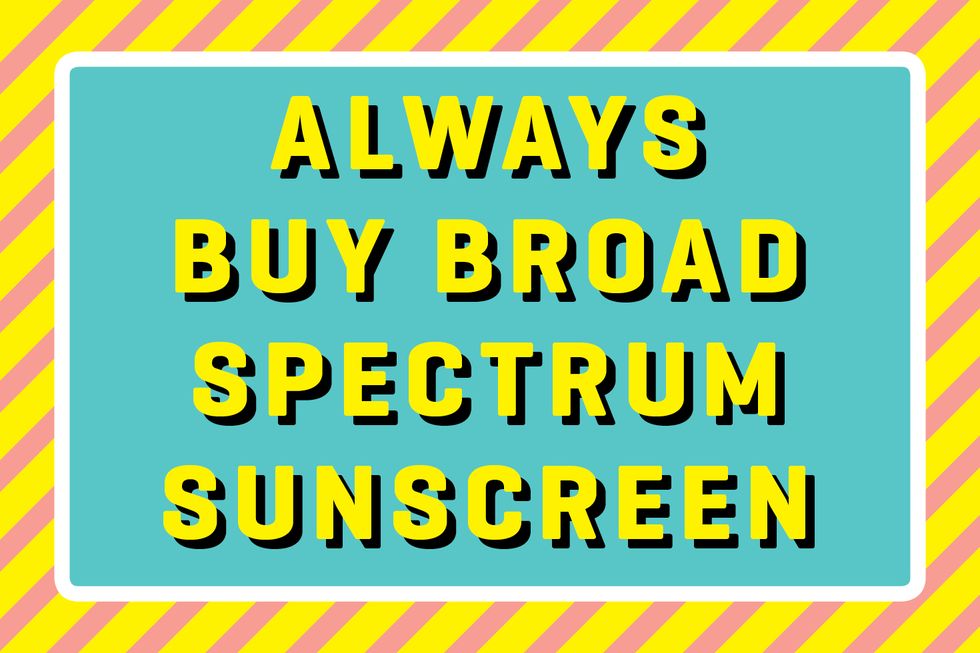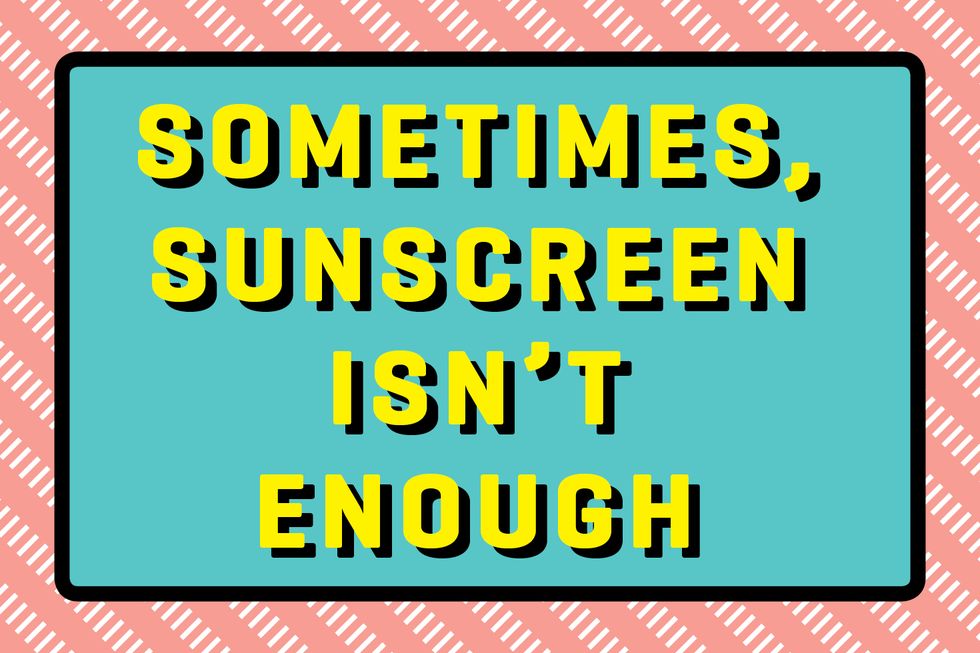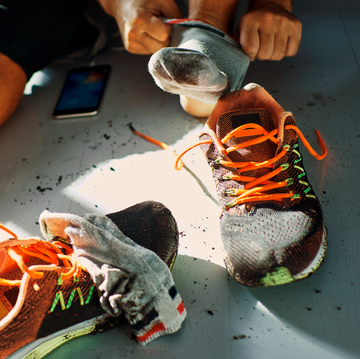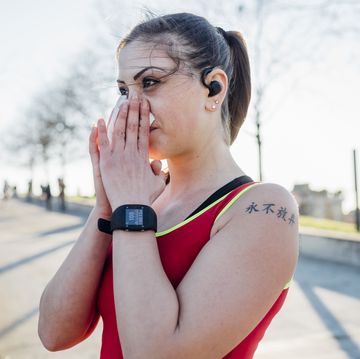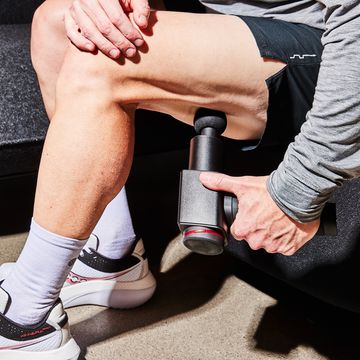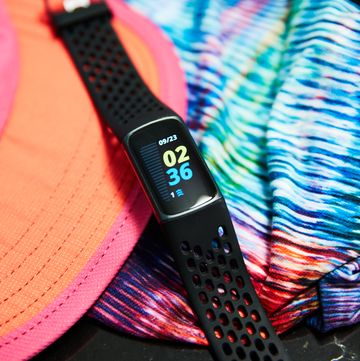How High of an SPF Does Your Sunscreen Actually Need?
Here’s what you need to look for on the label before you slather up for your next run.
It seems like such a straightforward question: What is the best SPF level for sunscreen—15, 30, 50, or even higher? Thing is, the answer’s actually a lot more complicated than you might guess.
First problem: Human error. “Most people don’t put on enough sunscreen to get the full SPF listed on the label,” says Adam Friedman, M.D., associate professor of dermatology at George Washington University. So while the listed SPF is 30 or 50, chances are, you only end up getting about half that level of protection.
To get all the sun-blocking power your sunscreen promises, you need to apply roughly a shot glass’s worth to your whole body, Friedman says. “You don’t have to look like you’re wearing Kabuki makeup, but you should be spreading a good amount on to ensure proper coverage.” If you’re at the beach on vacation, you should be going through a full bottle of sunscreen every two or three days, he says.
Also, it’s best to stick with actual lotion-based sunscreens—not aerosolized sprays. “The sprays are notorious for not providing the SPF number listed on the label,” says Samantha Conrad, M.D., a dermatologist with Northwestern Medical Group. “Most of the sunscreen is being blown away, so it’s not very effective in terms of protection.”
Assuming you’re spreading on a lotion—and in adequate amounts to actually get the labeled sun protection factor—you can feel good buying SPF 30, Conrad and Friedman agree. “SPF 30 blocks 97 percent of ultraviolet light, while SPF 50 blocks 98.5 percent,” Friedman explains. So yeah, that’s pretty darn close.
The higher the SPF, the greasier the sunscreen may feel on your skin, adds Conrad. “The active ingredients in chemical sunscreens are by their nature very oily and greasy, which most people don't like,” she says. “So from a compliance standpoint, people may be more likely to actually apply and reapply 30.”
Shannon Trotter, D.O., a dermatology specialist at Ohio State University’s Comprehensive Cancer center, also supports the SPF-30 pick. Just don’t forget to hit your lips, she says. “Skin cancer on the lips can be difficult to treat and can be more aggressive,” she explains.
Keep reading for more need-to-know info about proper sun protection.
Watch Next

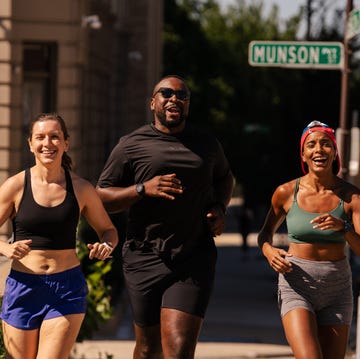
Benefits of Running for Mental Health

How to Avoid Buttocks Pain When You Run
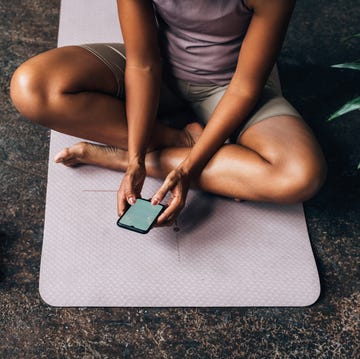
25 Mental Health Apps and Resources
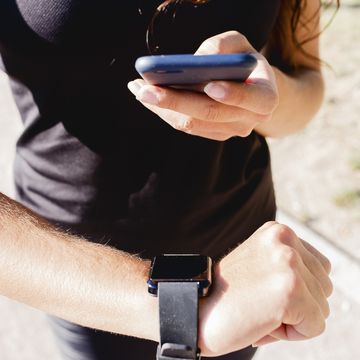
How to Find Your Max Heart Rate
